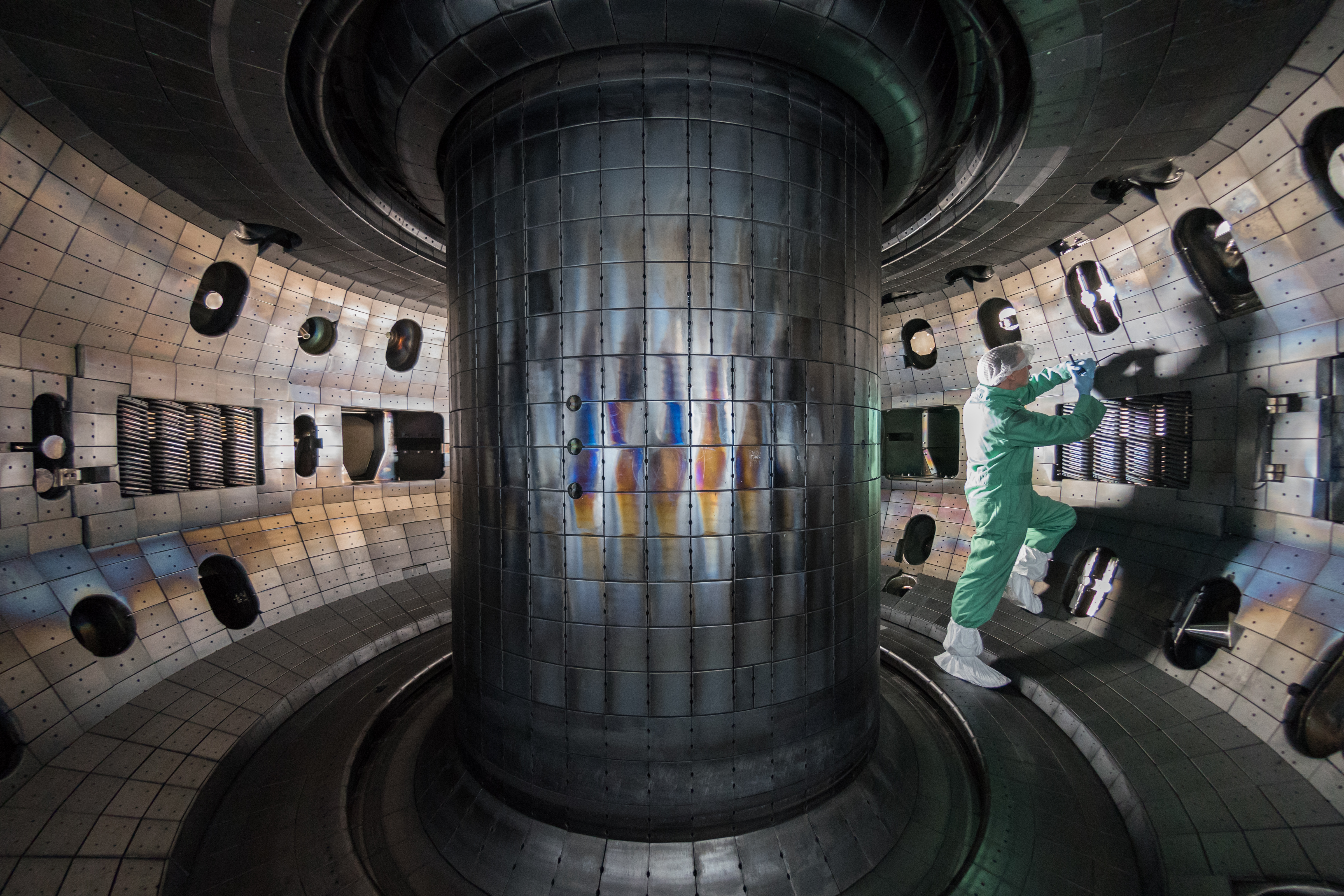Nuclear Fusion Reactor Design
- Introduction to Fusion Energy
- The Tokamak Design
- The Stellarator Design
- The Inertial Confinement Fusion
- The Magnetic Confinement Fusion
- The Field-Reversed Configuration and Other Emerging Designs
- Safety, Waste and Environmental Impact
- Future of Fusion & Course Review
The Tokamak Design
Current Tokamak Experiments

Device using a magnetic field to confine a plasma in the shape of a torus with the plasma stabilized by a current.
Tokamak fusion reactors are at the forefront of fusion energy research. This article provides an overview of the current state of Tokamak experiments around the world, their goals, challenges, progress, and future prospects.
Goals and Objectives
The primary goal of Tokamak experiments is to achieve a state of "ignition," where the fusion reactions produce enough heat to sustain the reaction without the need for external heating. This would be a significant milestone in making fusion energy a viable and sustainable source of power.
Another objective is to improve the efficiency of energy confinement, which is crucial for maintaining the high temperatures and pressures necessary for fusion reactions. Researchers are also working on developing materials that can withstand the extreme conditions inside a Tokamak reactor.
Challenges
Tokamak experiments face several challenges. One of the main challenges is maintaining plasma stability. The plasma must be kept stable and confined for a sufficient amount of time for fusion to occur. Achieving this requires precise control of the magnetic fields and plasma current.
Another challenge is dealing with the high heat fluxes and neutron radiation produced by the fusion reactions. These can damage the reactor walls and other components, which is a significant issue for the long-term operation of a fusion reactor.
Progress
Despite these challenges, significant progress has been made in Tokamak research. The Joint European Torus (JET) in the UK, the world's largest operational Tokamak, has achieved significant fusion power output. It has also been instrumental in testing materials and technologies for the ITER project.
ITER, currently under construction in France, is a multinational collaboration aiming to demonstrate the feasibility of fusion power on a commercial scale. It is designed to produce ten times more power than it consumes, which would be a significant step towards achieving ignition.
Future Prospects
The future of Tokamak research looks promising. The completion of ITER and the start of its operation, expected in the late 2020s, will be a significant milestone. It will provide valuable data and experience for the design and operation of future commercial fusion reactors.
In addition to ITER, several other Tokamak projects are being planned or constructed around the world, including the Chinese Experimental Advanced Superconducting Tokamak (EAST) and the Korean K-STAR.
In conclusion, while challenges remain, the progress made in Tokamak experiments brings us closer to the goal of harnessing fusion energy, a potentially limitless and clean source of power. The international collaboration in these experiments is a testament to the global importance of this research.